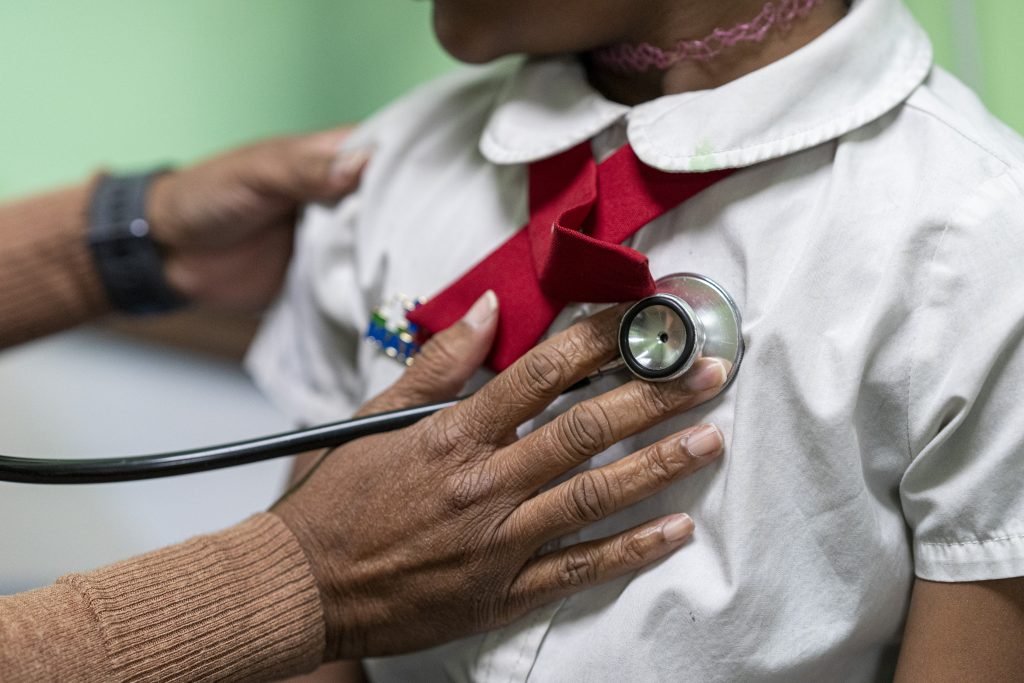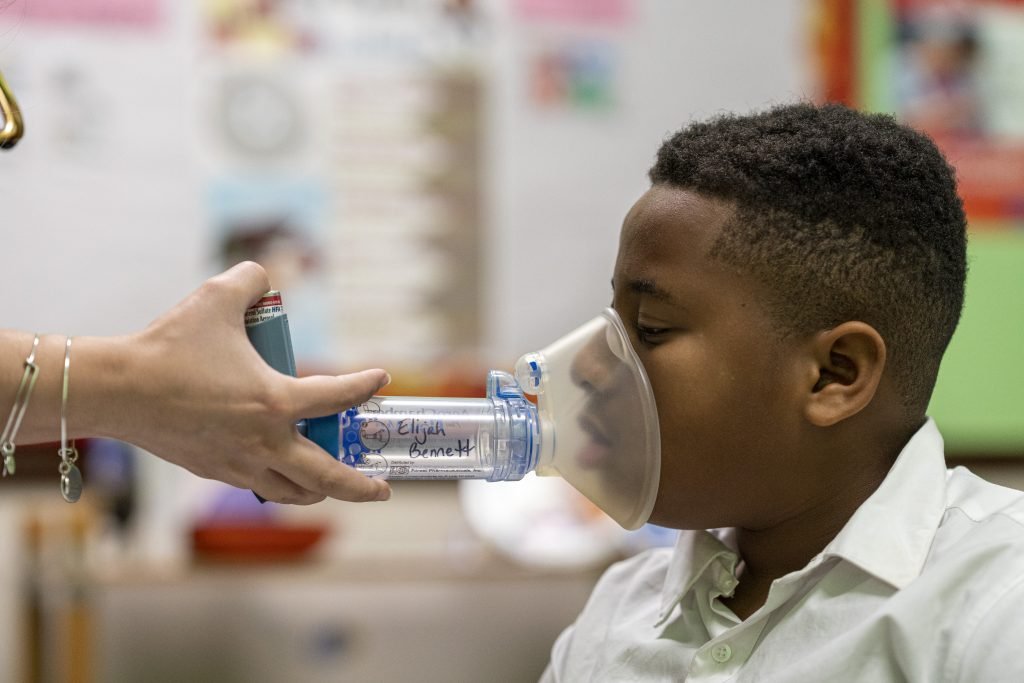Health Equity in America: When Traditional Models Aren’t Enough
By Julie Cousler, Executive Director, Pennsylvania School-Based Health Alliance
For many children and adolescents, America’s medical home model of one provider serving and coordinating all primary health care is sufficient; but for many others, it is simply not enough. For youth who live in poverty, and especially those living with a chronic condition, it is woefully insufficient. These vulnerable children need more preventive healthcare and ease of access, understandable health education, and support navigating resources for public benefits that help to lessen the equity gap. School-based health centers are that critical safety net for so many children and teens, meeting them where they spend the majority of their time: in school.
Children and adolescents with Medicaid public insurance provide an opportunity to monitor and assess our most vulnerable youth for risk factors and collaborate with their schools to provide them with care. Using data and trusted relationships, the school nurse knows who needs more than just our traditional model of care. These school nurses at the forefront need help serving their most vulnerable students and, also, meeting Pennsylvania’s ambitious expectations in its state mandate for school health services. Chronic disease among children has risen more than 400% since 1960, primarily in the areas of asthma, obesity, mental health, and neurodevelopmental disorders. The collaboration of schools and medical providers with the medical home saves millions of dollars on the backend through decreased hospital use, increased preventive healthcare, and increased school attendance for better academic outcomes.
The Brother’s Brother Foundation understands the inadequacies of our system for many and embraces the power of data to strengthen the safety net for vulnerable youth in Pennsylvania. The Pennsylvania School-based Health Alliance (PSBHA) is teaming up with the foundation and others from the philanthropic community to work with the state to assess and quantify the impact and cost savings realized through school-based health centers (SBHCs) across the state. In 2023 Pennsylvania spent $386 million to backfill hospitals for uncompensated care, just for children and teens, in addition to claims paid for hospital visits and hospitalizations. More than 40 years of research clearly demonstrates that SBHCs reduce hospital use by 70-75%, ensure better controlled asthma, yield much higher rates of adolescent well-child and reproductive health care, promote engagement in mental health services, increase school attendance, and boost grade point averages and high school completion rates.
The goal of state investment in SBHCs – as is the case in 23 other states – is to close the gaps left by uncompensated care, and enable and improve critical strategic communication with the school, parents, medical home, and insurance payers toward a schoolwide culture of health. PSBHA and the SBHC operators across the state are working to quantify these cost savings and improved health and academic outcomes right here in Pennsylvania. It is more critical now than ever that we know and deploy the strategies that are most effective and cost-efficient to narrow and close the health and education equity gap in Pennsylvania.
The Brother’s Brother Foundation is supporting the SBHC Data Hub that was launched in 2022 with the Health Equity grant from the Pennsylvania Senate to collect demographic and utilization data from 30 SBHCs. Now it is time to analyze the data and quantify the cost savings to our Medicaid and CHIP safety nets, in order to justify putting a fraction of this expense on the frontend for maximum impact and benefit for our most fragile families.


